You really do not need to set up your own environment to start
learning MATLAB/Octave programming language. Reason is very simple, we
already have set up the Octave environment online, so that you can
execute all the available examples online at the same time when you are
doing your theory work. This gives you confidence in what you are
reading and to check the result with different options. Feel free to
modify any example and execute it online.
Try following example using Try it option available at the top right corner of the below sample code box:
MathWorks provides the licensed product, a trial version and a student version as well. You need to log into the site and wait a little for their approval.
Once you get the download link, as I said, it is a matter of few clicks:
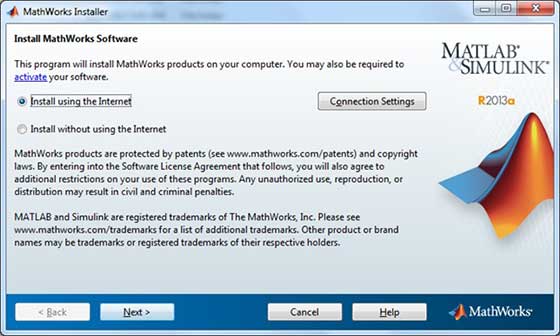
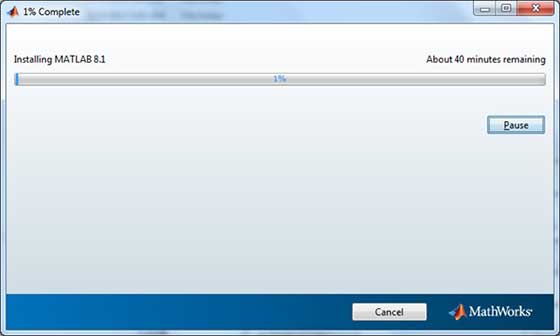
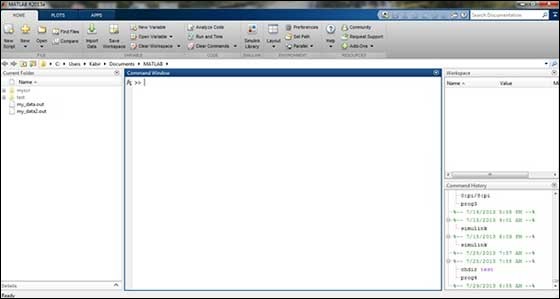
The desktop has the following panels:
Try following example using Try it option available at the top right corner of the below sample code box:
x = [1 2 3 4 5 6 7 8 9 10];
y1 = [.16 .08 .04 .02 .013 .007 .004 .002 .001 .0008 ];
y2 = [.16 .07 .03 .01 .008 .003 .0008 .0003 .00007 .00002 ];
semilogy(x,y1,'-bo;y1;',x,y2,'-kx;y2;');
title('Plot title');
xlabel('X Axis');
ylabel('Y Axis');
print -deps graph.eps
For most of the examples given in this tutorial, you will find Try it option, so just make use of it and enjoy your learning.
Local Environment Setup
If you are still willing to set up your environment, let me tell you a secret, setting up MATLAB environment is a matter of few clicks. However, you need to download the installer from here:MathWorks provides the licensed product, a trial version and a student version as well. You need to log into the site and wait a little for their approval.
Once you get the download link, as I said, it is a matter of few clicks:


Understanding the MATLAB Environment:
You can launch MATLAB development IDE from the icon created on your desktop. The main working window in MATLAB is called the desktop. When you start MATLAB, the desktop appears in its default layout:
The desktop has the following panels:
- Current Folder - This panel allows you to access your project folders and files.
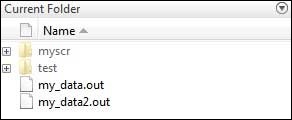
- Command Window - This is the main area where you enter commands at the command line, indicated by the command prompt (>>).
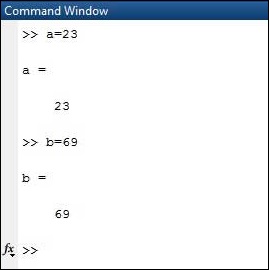
- Workspace - The workspace shows all the variables you create and/or import from files.
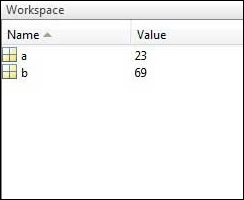
- Command History - This panels shows or rerun commands that you entered at the command line.
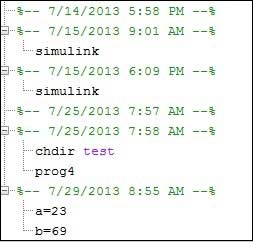
No comments:
Post a Comment